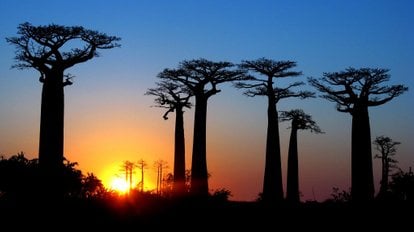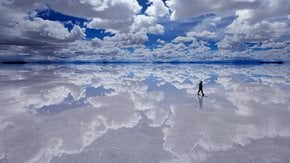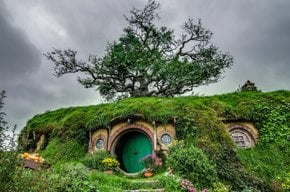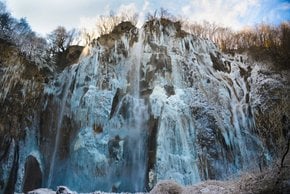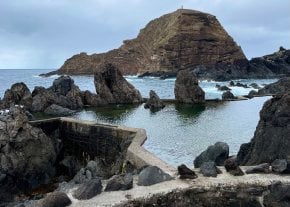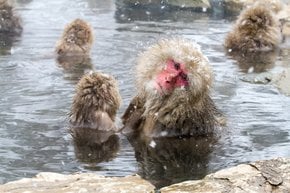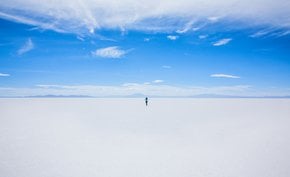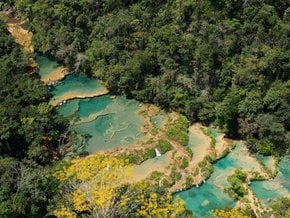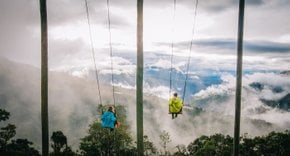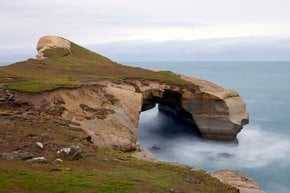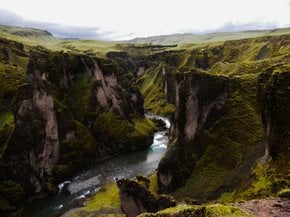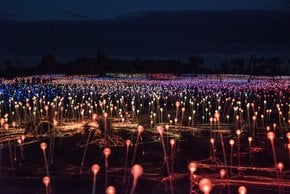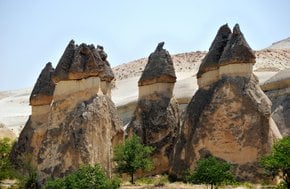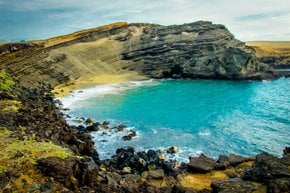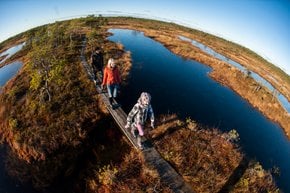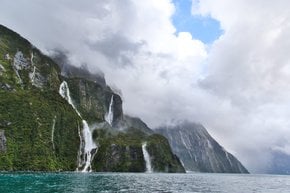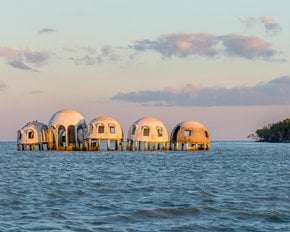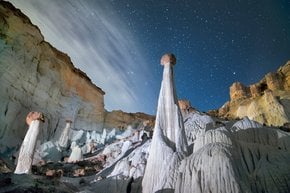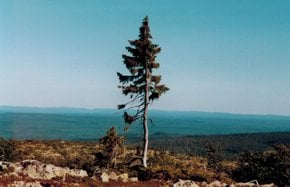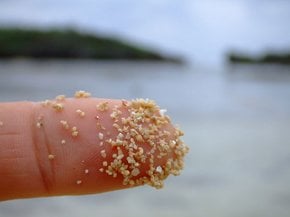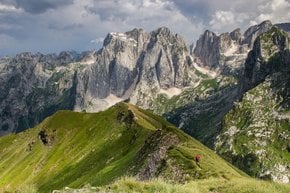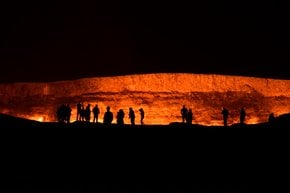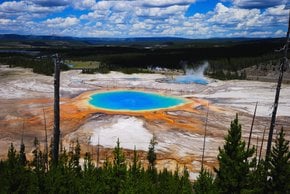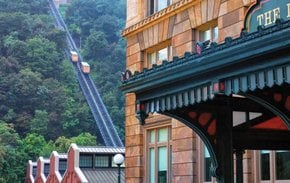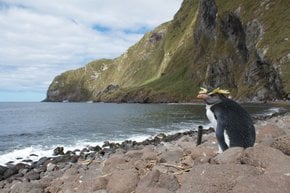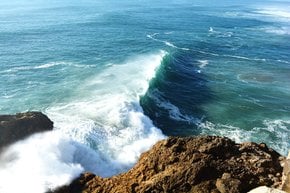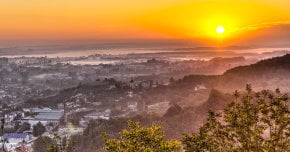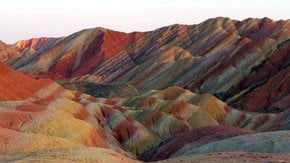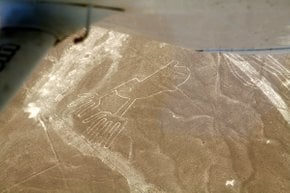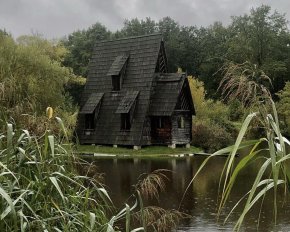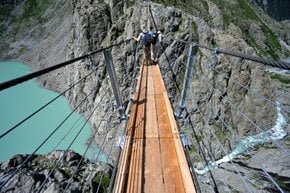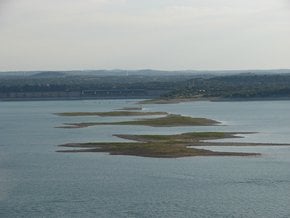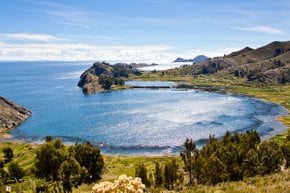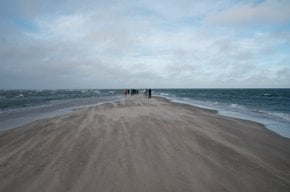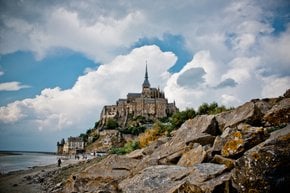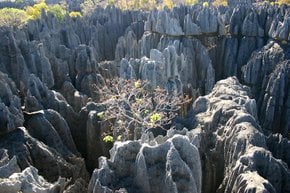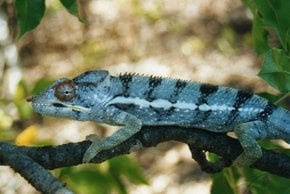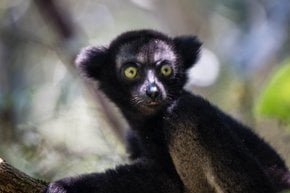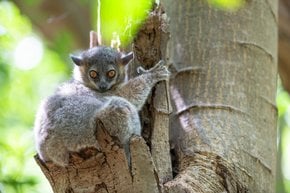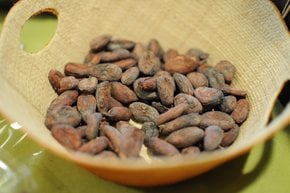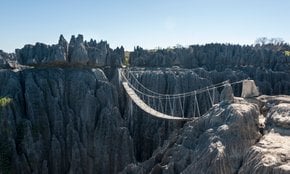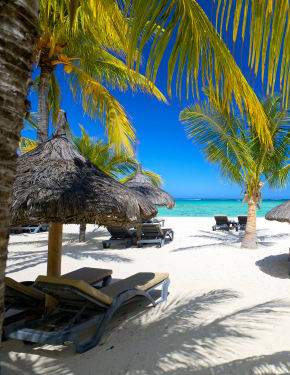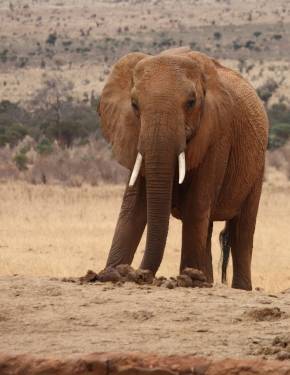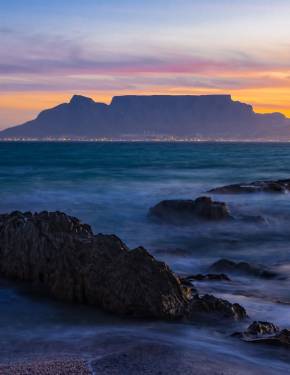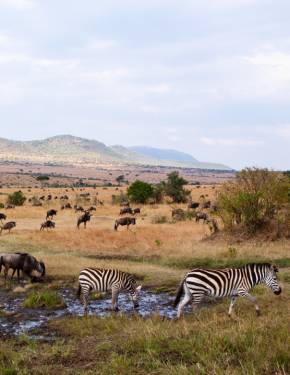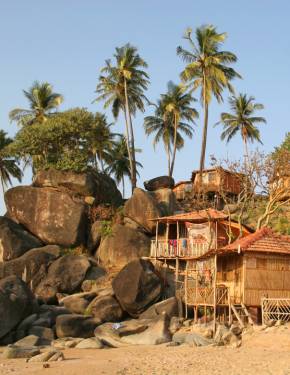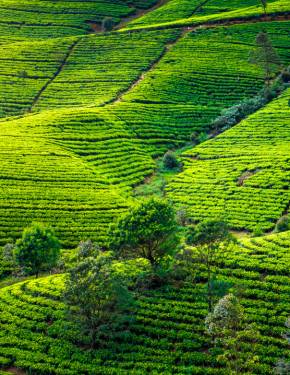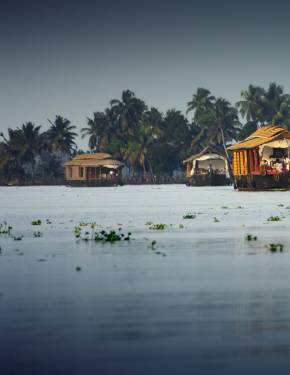Avenue of the Baobabs in Madagascar 2026
Take a relaxing walk amidst the huge blooming trees on the Avenue of Baobabs
Best time: June–August
Native people know the baobab tree as the "mother of the forest," and it is Madagascar's national tree. Its unique, root-like crown has earned it the nickname "upside-down tree," but tourists most famously recognize it simply as the baobab. The largest concentration of these majestic trees can be found along the iconic Avenue of Baobabs, a breathtaking 260-meter stretch of road connecting the cities of Morondava and Belon'i Tsiribihina on the island's western coast.
Best Time To Visit
The best time to visit the Avenue of the Baobabs is during Madagascar’s dry season, which lasts from April to December. However, even during this period, occasional rain showers are common. The avenue is most captivating at sunrise and sunset when the baobab trunks change color, and their dramatic shadows stretch across the landscape.
Sunset, in particular, offers a magical view as the leaves shift in hue, and the baobabs come alive with blooming brown buds that transform into delicate white flowers. This blooming spectacle lasts only 24 hours, during which bats, drawn by the flowers’ musky scent, gather nectar at night. By the following day, the blossoms fade, marking the end of their brief but enchanting display.
Getting There
The Avenue des Baobabs is a dirt road on the west coast of Madagascar, approximately a 45-minute drive from the coastal town of Morondava. Visitors must pay a small parking fee, but there is no additional entrance fee to access this iconic natural attraction.
Other Places to See Baobabs
In addition to the Avenue des Baobabs, several other areas in Madagascar are renowned for their baobabs. The Spiny Forest in Ifaty, near Tulear along the RN7, is home to unique baobabs amidst a landscape of spiny plants. Baobabs can also be found sprinkled along the island’s west coast, offering picturesque views in various locations. Another notable site is Ankarafantsika National Park in northern Madagascar, where these iconic trees thrive alongside the park’s diverse flora and fauna.
History
According to legend, when Arab seafarers first visited Madagascar over 1,000 years ago and encountered the baobabs, they believed the devil had uprooted the trees. Because their canopies resembled roots, they replanted them upside down. These majestic trees, some over 800 years old with trunks exceeding 150 feet in circumference, were once part of a thriving forest teeming with diverse plants and trees. However, the region’s growing population led to widespread deforestation, leaving the towering baobabs as solitary remnants of what was once a lush and vibrant ecosystem.

